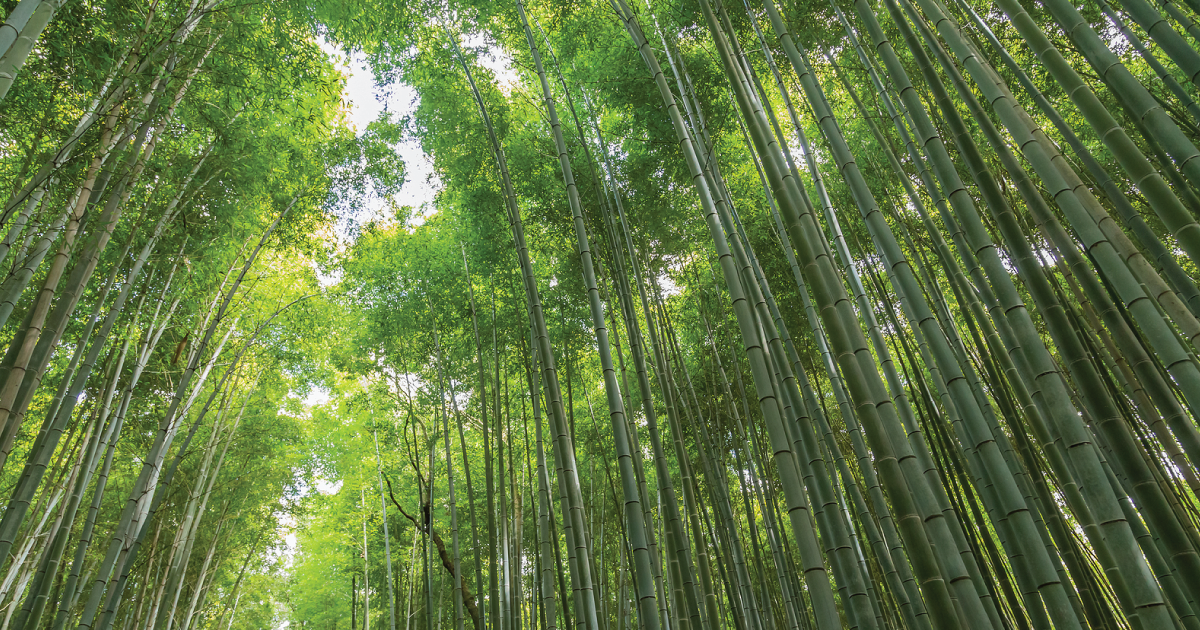
The Radical Case for Growing Huge Swaths of Bamboo in North America
As a kid, Lauren Lydick would pack up a towel, a Harry Potter book, and head out alone into the bamboo groves. As a teenager, she took a blanket, War & Peace, and weed. Sometimes reading, sometimes just lying on her back looking up through the green, Lydick felt like she could be anywhere. Thailand, maybe, or Malaysia.
January 11, 2021 | Source: Inside Climate News | by Audrey Gray
The grass has a bad rap in the U.S. as an invasive nuisance, but the plant can quickly sequester at least double—and maybe even six times—the amount of carbon as a similar stand of trees.
As a kid, Lauren Lydick would pack up a towel, a Harry Potter book, and head out alone into the bamboo groves. As a teenager, she took a blanket, War & Peace, and weed. Sometimes reading, sometimes just lying on her back looking up through the green, Lydick felt like she could be anywhere. Thailand, maybe, or Malaysia. It’s said that in rural parts of Japan, parents tell their children, “If you feel an earthquake, run into the bamboo. Its roots will hold the earth together for you.” Lydick felt that sense of protection somehow, even though she lived in Imperial County, California, one of the hottest, most polluted places in North America. And even though there was no escaping her easily-triggered, asthmatic chest.
Lydick’s nickname in high school was Pneumonia. She laughs about that now, at 23, and remembers it not as a mean, bullying thing so much as camaraderie. Most of Lydick’s friends had asthma too—they’d share inhalers and watch out for each other in dangerous situations, like when the gym teacher made them run. The kids were surrounded by a half million acres of flat, open, pesticide-laced farmland. They became amateur meteorologists, monitoring the wind, knowing that a dust storm would mean a bad breathing day.
